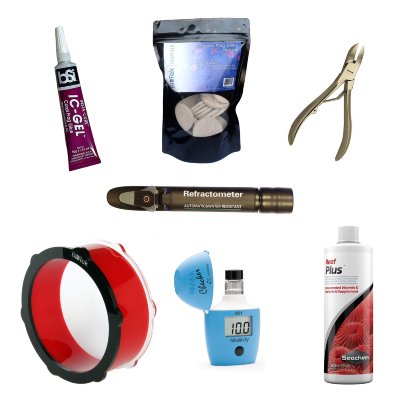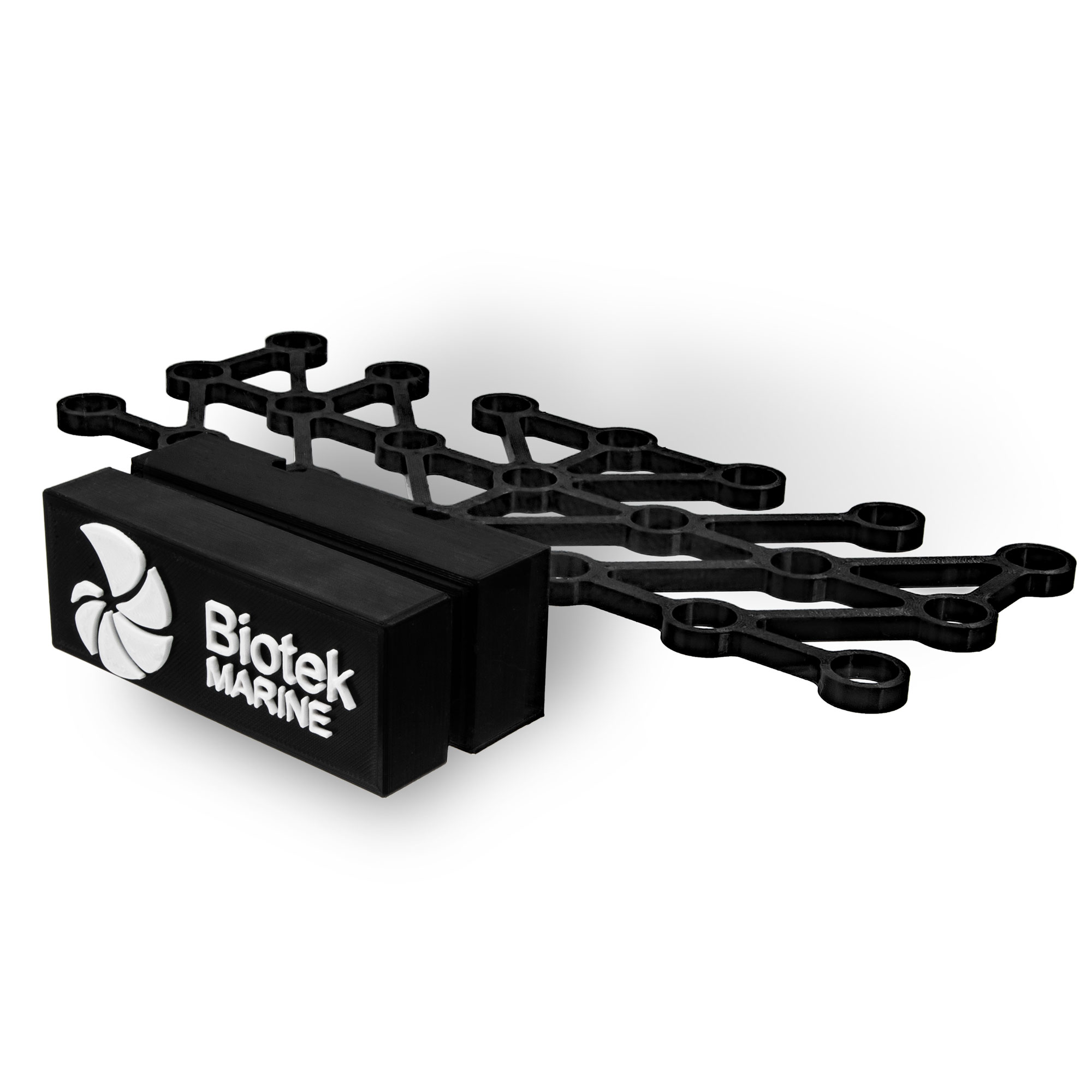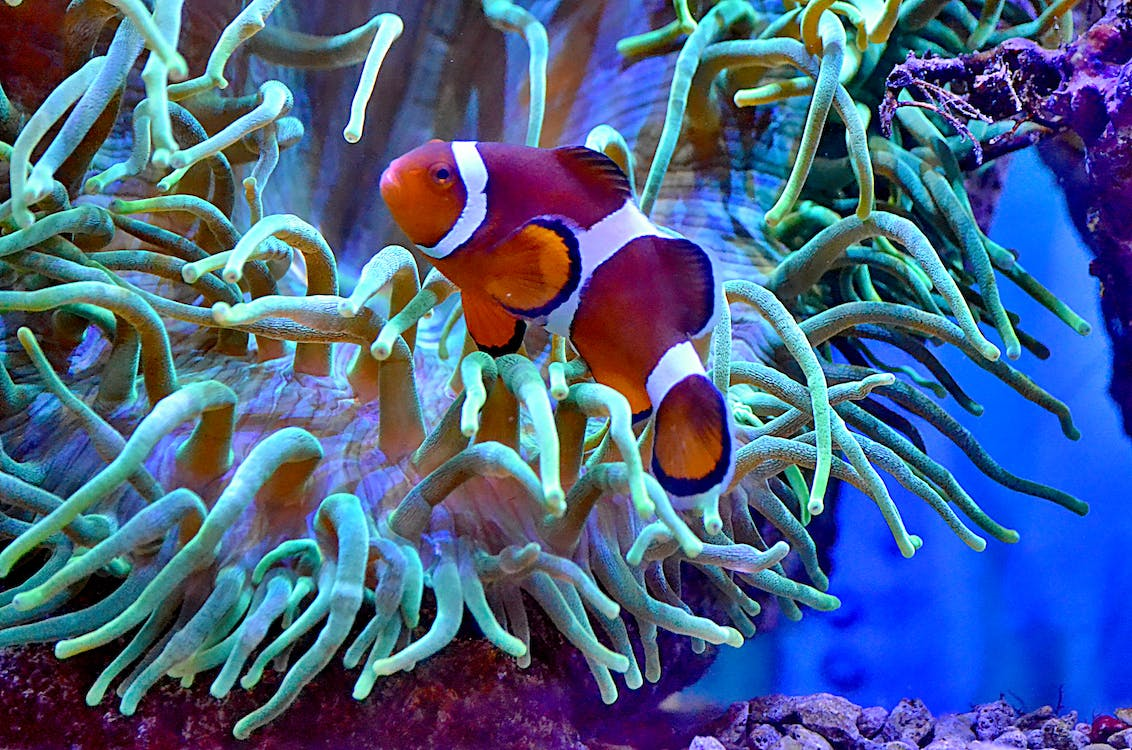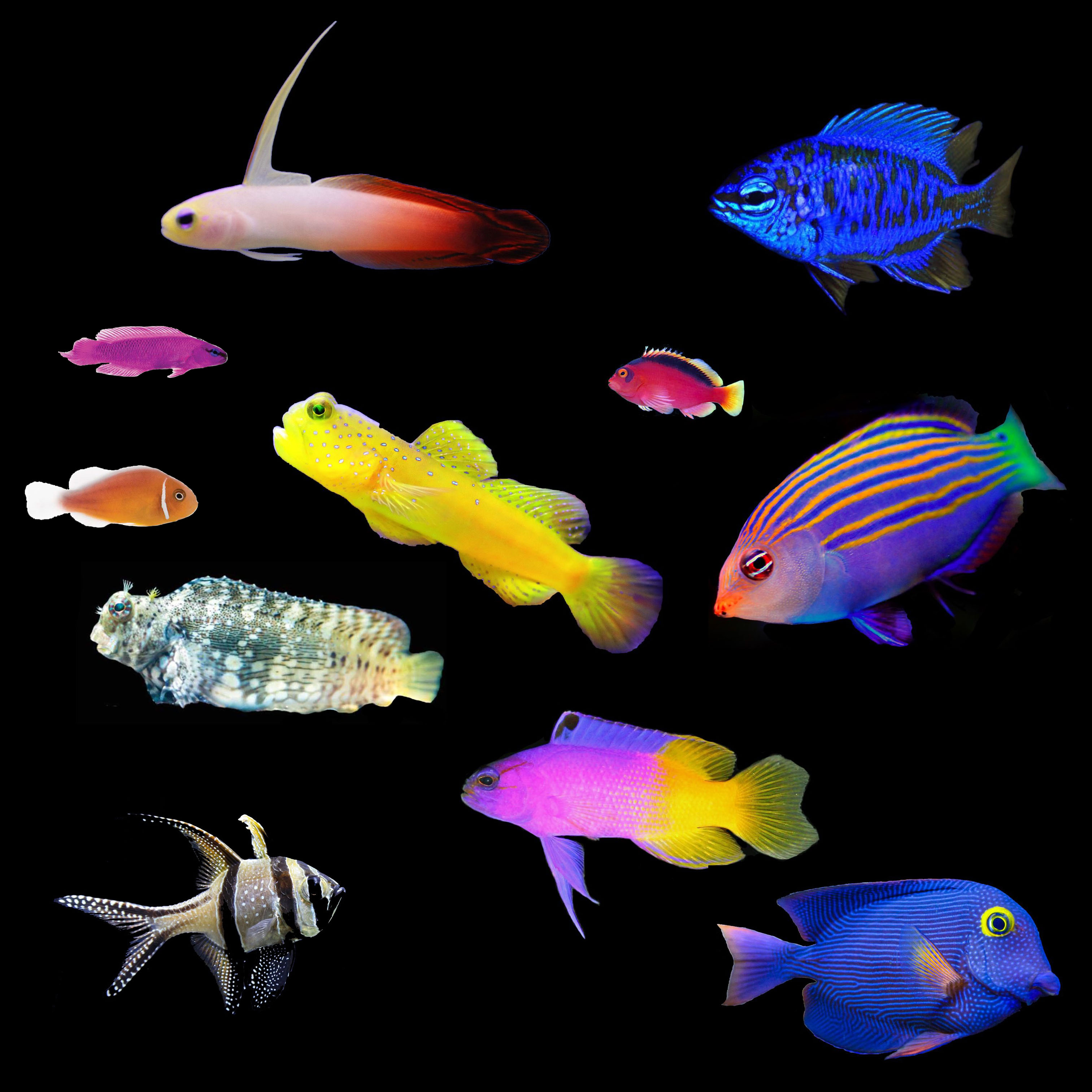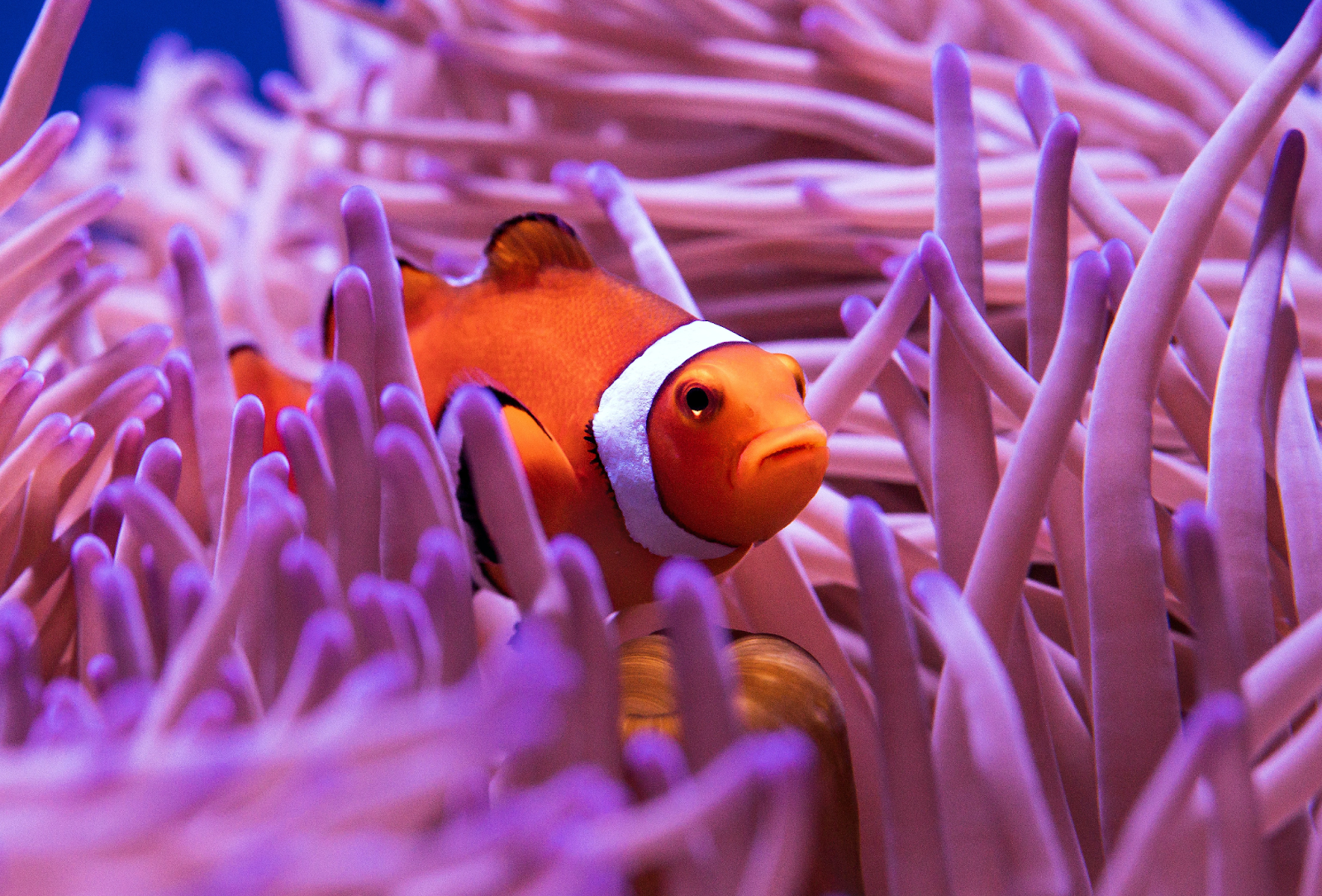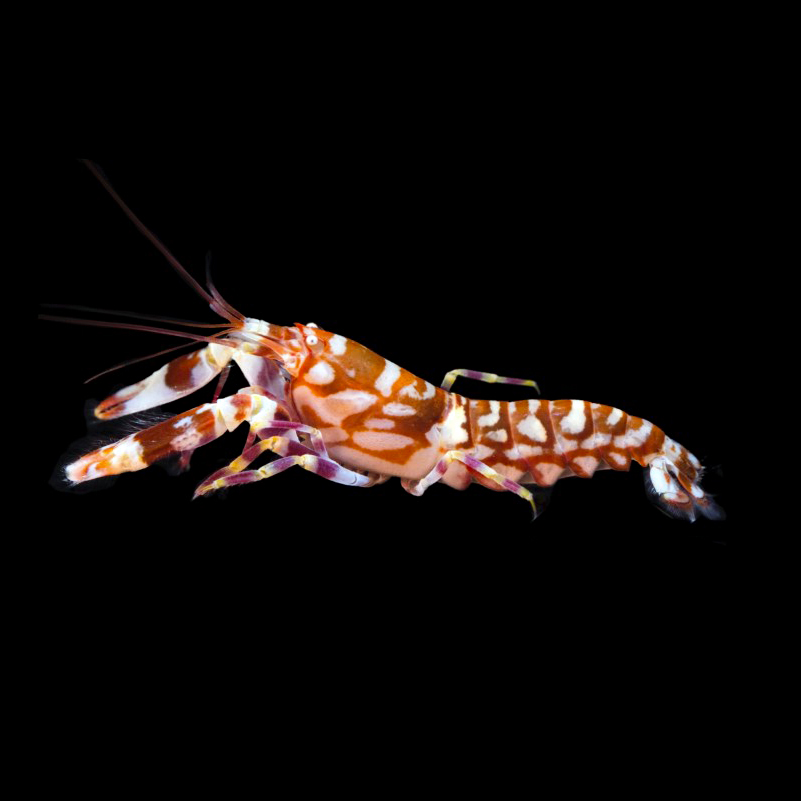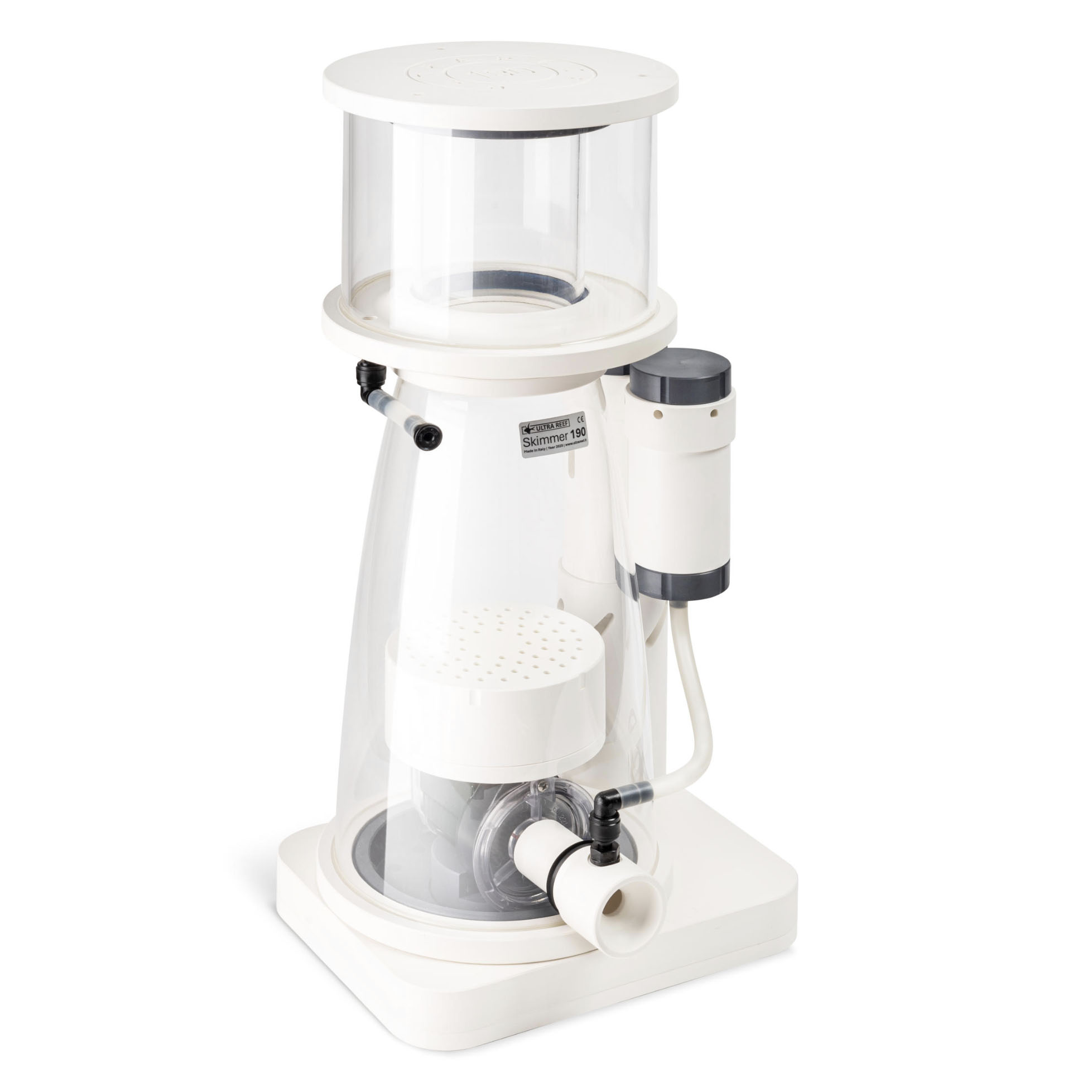We use cookies to make your experience better. To comply with the new e-Privacy directive, we need to ask for your consent to set the cookies. Learn more.
Simple Techniques to Keep Your Aquarium Cool During Hot Weather
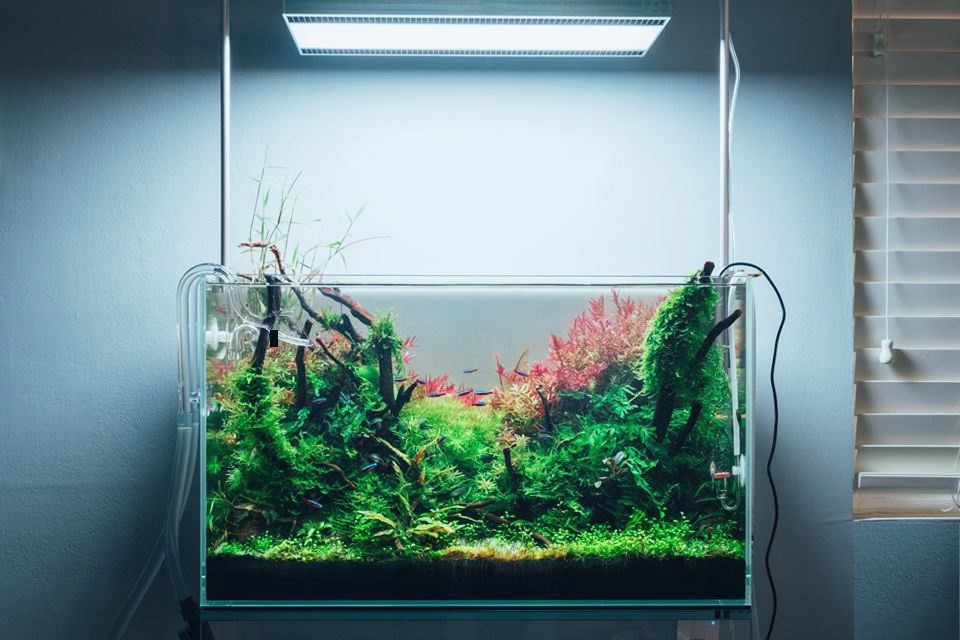
The health of your aquarium's aquatic inhabitants depends on maintaining the ideal temperature. Temperature changes, particularly during heat waves, can stress fish and other aquatic species, which can have negative health effects. In this article, we'll look at quick and simple tips on cooling a fish tank so that your underwater buddies may stay comfortable. If you’re wondering how to lower a fish tank’s temperature using simple methods, this blog article is the perfect one for you.
Understanding the Ideal Temperature Range
A fish needs more oxygen as the water temperature rises because of the increase in metabolic rate and activity. The capacity of water to contain dissolved oxygen decreases as temperature rises, putting our aquatic pals in double danger. Cooling an aquarium is the only solution in such cases.
Different fish species prefer particular temperatures. The proper temperature range must be kept in mind when operating common freshwater and saltwater aquariums. Rapid variations in temperature, particularly during a heat wave, can lead to distress and harm for your aquatic friends. Most tropical fish prefer a temperature of 74° to 80° F, common goldfish perform best at 60° to 70° F, while fancy goldfish should be kept between 68° and 74° F. Some fish, such as Discus, Clown Loaches, Bettas, and Rams, flourish at temps in the middle to upper 80's.
How Can Temperature Fluctuations Cause Stress to Aquatic Life?
In comparison to cool aquarium water, warm water has less dissolved oxygen. Fish and other aquatic species may require more oxygen than is readily available in conditions of abrupt temperature rise. Suffocation and stress may ensue from the reduction of oxygen. Additionally, animals' metabolic rates jump when temperatures rise suddenly, requiring them to expend more energy. In contrast, a sharp drop in temperature might impair digestion and other biological activities by slowing down their metabolism.
Now that we understand why such stress is caused, let’s look at some possible solutions.
Simple Techniques to Cool Aquarium Water
1. Remove Heat Sources
The temperature in the tank can rise because of equipment like UV sterilizers, protein skimmers (saltwater aquariums), and improperly set or malfunctioning heaters. If you want to lower the temperature while there is a heat wave, think about temporarily disconnecting these devices or using them more sparingly.
2. Change Lighting
The heat that aquarium lights produce can raise the water's temperature. Choose cooler LED lighting and shorten the length of the lights to combat this. This simulates the patterns of natural day and night as well as reducing heat. To further aid reduced heat output, you can also consider turning off the aquarium light or, in the case of planted and reef aquariums, limiting the number of hours the light is on.
3. Using fans
Fans can be placed strategically to help with surface water evaporation, which effectively cools the aquarium. The cooling process is improved by placing fans close to the water's surface. For best results, be sure to position and ventilate properly. Additionally, it will use up some heat in the water and lower the temperature by a few degrees by promoting evaporation in an aquarium, since aquarium water evaporates quickly. You can take them off the tank's lid to allow heat to escape and for easier water evaporation.
4. Purchase a Chiller
Aquarium chillers are specialized equipment used to control the temperature of the water. They function by lowering the water's temperature and keeping it steady. Chillers are an investment, but they are quite successful in controlling the temperature of your aquatic inhabitants during heat waves.
A chiller is an aquarium cooler that functions similarly to a canister filter. It is box-shaped equipment that sits outside the tank and has two hoses that extend into the aquarium. Typically the tank's water is sent through one pipe and into the chiller; the other hose returns the chilled water to the tank. However, some chillers utilize a drop in titanium coil to chill the water down. These drop-in style chillers do not require plumbing but they need to be placed close to the aquarium due to length limitations with the cooling line.
5. Change Locations
Placing your aquarium in an area with air conditioning and out of direct sunshine will help it stay cooler. While exposure to direct sunlight increases heat absorption, being close to an air conditioner helps maintain the ambient temperature. Moving your aquarium away from any heating vents or external doors that constantly bring hot air in from the outside will help reduce the impact that sources of hot air have on your fish tank.
6. Use of Thermal Covers
Thermal covers act as a barrier to keep outside heat from impacting the water in the aquarium. These covers can add an additional layer of protection against temperature changes and are especially helpful during heat waves.
7. Monitoring Water Temperature
It's crucial to keep an eye on the water's temperature constantly. Use a trustworthy thermometer or digital monitor or aquarium controller to monitor any changes. This enables you to act right away if the temperature unexpectedly starts to climb. Any type of digital thermometer with an alert that whistles, if the water gets too hot or cold, would be a simple tool to start with. When it's time to lower the temperature and give your animals a hand with the summer, you'll know when to attempt one or more of these methods.
Final Word
During a heat wave, the inhabitants of your aquarium are at risk when the temperature rises. You may provide your aquatic buddies with a cozy and stable habitat by using these simple techniques to keep your aquarium cool. Just keep in mind that keeping the proper temperature is essential for their welfare and that a little work may go a long way toward guaranteeing a flourishing aquarium.




